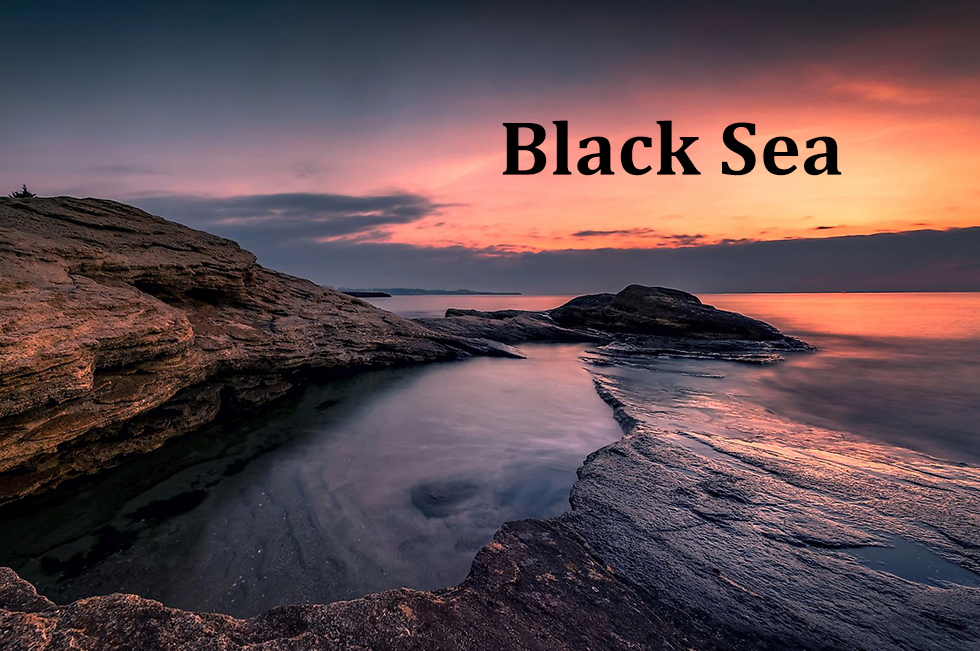As a result many countries considered global shipping to be of paramount importance, so much so that Britain and the US unleashed an arsenal of weapons as soon as oil transportation was threatened.
Since the conflict between Hamas and Israel began again, hijackings of ships transiting through the Red Sea by Yemen-based Houthi rebels have turned the region into a powder keg, reports Metro.co.uk.
To the north in Europe, Vladimir Putin’s war on Ukraine is making travel through parts of the Black Sea more dangerous by the day.
Maritime intelligence expert Corey Ranslem shares the current hotspots that his team monitors.
The Red Sea and Gulf of Aden
Backed by Iran, Houthi rebels have ramped up attacks on vessels off the coast of Yemen, paralysing a waterway critical to global trade.
The Red Sea has the Suez Canal at its northern end; at its southern end is the Bab el-Mandeb Strait, which leads into the Gulf of Aden.
It is a busy waterway with ships traversing day and night to bring goods between Asia and Europe and beyond.
But many of the largest shipping companies have suspended transit in the midst of militant assaults, instructing ships to instead sail around southern Africa, a journey that is both slower and is a considerably more expensive route.
More than 2,000 ships have been forced to divert their voyage since the first Houthi attack on 19 November.
The UK and US mounted a counterattack last week, obliterating dozens of rebel sites in Yemen, raising regional tensions already at fever pitch over Israel’s war in Gaza.
Gulf of Mexico
Away from the Middle East, Dryad Global is focused on developments in the Gulf of Mexico, specifically the Bay of Campeche, where all Mexican offshore oil rigs are located.
The Gulf is a highly competitive region with dominant players including Shell, BP, Chevron and Exxon Mobil.
Extreme weather is one of the most significant threats faced by the oil and gas industry in the region, most importantly, hurricanes.
But Mexican cartels are also involved in trafficking of fuel in the Gulf, and in March 2023, there were as many as six robberies in the Bay, according to local reports.
The Strait of Malacca
The Strait of Malacca is one of the busiest canals in the world.
It is the transit point for commercial ships as well as oil tankers to the Middle East and Japanese ports and other parts of East Asia.
The region recorded the highest number of reported acts of alleged piracy and robberies in Asia in 2021.
Coordinated patrols by Indonesia, Malaysia, Thailand, and Singapore along with increased security on vessels have sparked a sharp downturn in piracy.
But in October 2023, one crew member was injured during an attack on a bulk carrier.
Singapore Strait
The Singapore Strait is a 70 mile-long and just 12 mile-wide corridor between the Strait of Malacca in the west and the South China Sea in the east.
For the International Maritime Bureau (IMB), it remains an area of concern due to the high number of incidents.
While considered low level opportunistic crimes, 95% of reported incidents were successful, with 37 reported incidents overall in 2023 compared to 38 in 2022.
The maritime area between Venezuela and Guyana
Tensions between the two neighbouring countries have flared in recent months over the vast oil- and mineral-rich Essequibo region, prompting security experts to keep an eye on the contested waters.
Venezuela has long argued it was cheated out of the sparsely populated territory when the West set the border.
Though the onshore area is largely undeveloped jungle, there have been major offshore discoveries of crude and gas nearby in recent years, putting Guyana on the world map of oil producers.
The South China Sea
China and the Philippines, along with Brunei Malaysia, Taiwan and Vietnam, have competing sovereignty claims in the South China Sea.
As a conduit for goods in excess of $3 trillion every year, governments are keen to establish authority in the waters.
Gulf of Guinea, off the west coast of Africa
The area off the coast of West Africa is one of the world’s most dangerous places for attacks on ships.
The Gulf recorded at least nine pirate attacks in 2023, according to IMB figures.
Gulf of Oman
The Gulf of Oman came under international spotlight last week when Iran’s navy seized an oil tanker with 19 crew members on board.
The United Kingdom Maritime Trade Operations (UKTMO), which shares warnings to sailors in the Middle East, said the incident happened 50 miles off the coast of Oman.
The area is transited by vessels coming in and out of the Strait of Hormuz, the narrow mouth of the Persian Gulf through which a fifth of all oil traded passes.
Northern Black Sea, off the coast of Ukraine
With good reason, all eyes are on the northern Black Sea as Russia’s invasion of Ukraine nears entering its third year.
A battle for naval dominance of these strategic waters has been raging since 2022, after Russia pulled out of the grain export deal that helped prevent a global food crisis.
Source: Hellenic Shipping News






